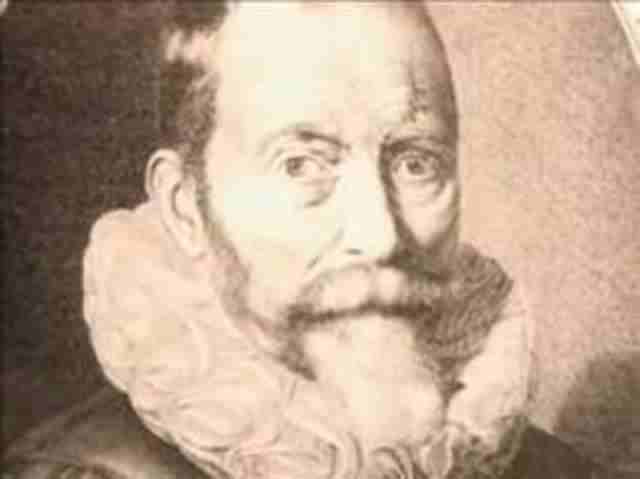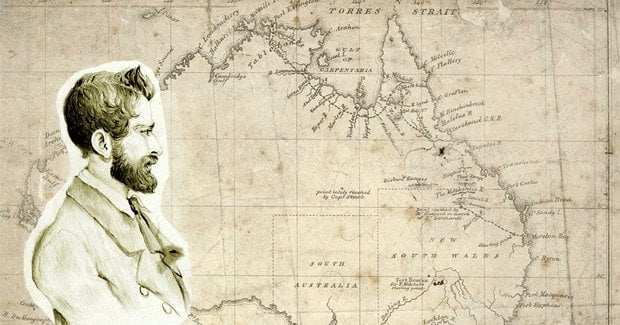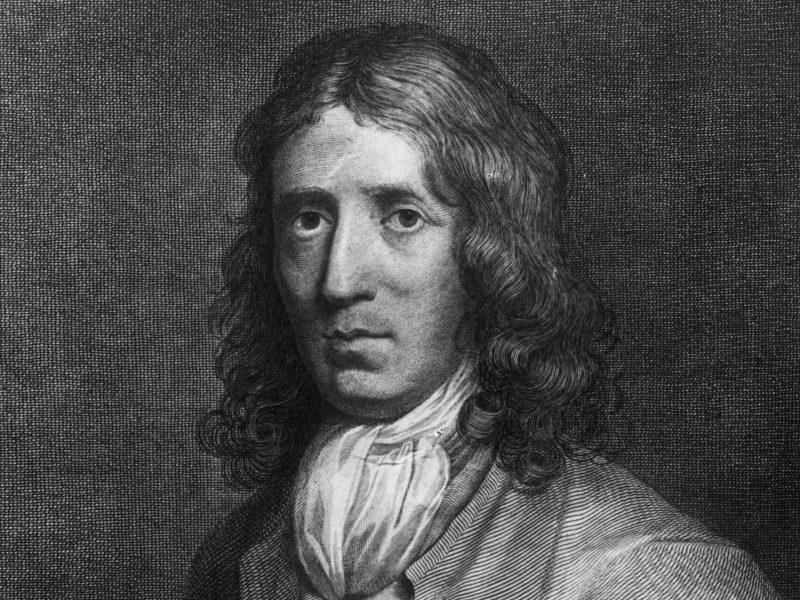In the chronicles of maritime exploration, the name Willem Janszoon holds a significant place. As a Dutch navigator and explorer, Janszoon played a pivotal role in the early European discovery of Australia. His voyages and encounters with the unknown shaped our understanding of the continent and laid the foundation for future explorations. This article explores the life, expeditions, and enduring legacy of Willem Janszoon, a true pioneer in the exploration of Australia.
Born in 1570 in the Netherlands, Willem Janszoon began his seafaring career as a merchant sailor. His experiences in the East Indies aboard Dutch trading ships honed his navigational skills and ignited his spirit of exploration. Janszoon’s expertise in charting new territories would soon propel him into the annals of history.
The Voyage of the Duyfken:
In 1606, Janszoon commanded the Duyfken (Little Dove), a small Dutch ship, on an expedition sponsored by the Dutch East India Company. His mission was to find new trading routes and potential territories in the East Indies. Little did he know that this journey would lead him to the shores of a vast and unknown land.
On February 26, 1606, Janszoon and his crew made landfall on the western coast of Cape York Peninsula in present-day Queensland, Australia. This historic encounter marked the first recorded European contact with the continent. The precise location of Janszoon’s landing site is believed to be near Weipa or Peninsula Developmental Road.
Janszoon’s arrival in Australia brought him into contact with the Indigenous people of the region, specifically the Yolngu and Ganggalida communities. Their encounters were marked by curiosity, cultural differences, and occasional clashes. These interactions provided valuable insights into the rich cultural tapestry and ancient traditions of the Indigenous peoples of Australia.
During his voyage along the Australian coast, Janszoon meticulously charted and mapped the newfound territories. He named the land he encountered Nieu Zelandt (New Zealand), believing it to be connected to the previously discovered southern continent, which he referred to as Nova Guinea (New Guinea). These early names, while not enduring, contributed to the evolving understanding of the geography of the region.
Although Janszoon’s voyage did not lead to immediate further exploration or colonization, his achievements laid the groundwork for future endeavors. His charts and reports provided valuable information to subsequent explorers and navigators, shaping their understanding of the Australian continent. Janszoon’s discoveries opened up possibilities for future Dutch expeditions and the eventual European settlement of Australia.
Willem Janszoon’s contributions to the exploration of Australia are commemorated in various ways. The replica of the Duyfken ship, painstakingly reconstructed, serves as a testament to his historic voyage and can be visited in Fremantle, Western Australia. Additionally, landmarks such as Janszoon Cape and Janszoon Beach in Queensland stand as reminders of his pioneering exploration.
Conclusion:
In conclusion, the achievements of Willem Janszoon in the exploration of Australia cannot be overstated. His voyage in 1606 marked the first recorded European contact with the continent and paved the way for future explorations and eventual European settlement. Janszoon’s navigational skills, meticulous mapping, and encounters with Indigenous communities provided valuable insights into the vast and diverse landmass that would become Australia.
Janszoon’s journey on the Duyfken sparked curiosity and inspired subsequent Dutch expeditions, shaping the understanding of the Australian coastline and contributing to the evolving knowledge of the region. His encounters with Indigenous peoples highlighted the rich cultural tapestry of Australia’s First Nations and added to the broader understanding of the continent’s history.
While Janszoon’s expedition did not lead to immediate colonization or further exploration, his discoveries and mapping laid the foundation for future European endeavors in the region. The legacy of Janszoon’s voyage is seen in the commemorations and recognition of his achievements through the replica of the Duyfken and the naming of landmarks in Queensland.
Willem Janszoon’s contributions to the exploration of Australia remain a testament to human curiosity, resilience, and the desire to unravel the mysteries of the world. His pioneering spirit continues to inspire generations of explorers and serves as a reminder of the ongoing quest for knowledge and understanding of the vast continent of Australia.
References:
- Brand, Ian. The First Discovery of Australia and New Guinea: Being the Narrative of Portuguese and Spanish Discoveries in the Australasian Regions, between the Years 1492-1606, with Descriptions of Their Old Charts. Hordern House, 1995.
- Carter, Paul. The Road to Botany Bay: An Exploration of Landscape and History. University of Chicago Press, 1987.
- Coote, Jeremy. Willem Janszoon Blaeu: A Biography and History of His Work as a Cartographer and Publisher. HES & De Graaf Publishers, 2019.
- Daalder, Remco. Willem Janszoon Blaeu (1571-1638): A Biography and History of His Work as a Cartographer and Publisher. Brill, 2018.
- Ganter, Regina. The Pearl Frontier: Indonesian Labor and Indigenous Encounters in Australia’s Northern Trading Network. University of Hawaii Press, 2015.
- Gelder, Robert Van. Willem Janszoon Blaeu: A Sketch of His Life and Work with an Especial Reference to His Large World Map of 1605. Theatrum Orbis Terrarum, 1966.


